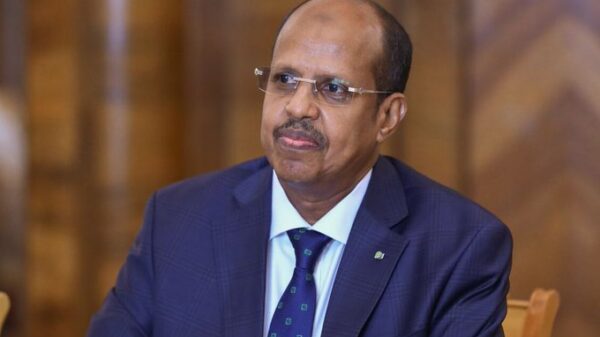NAIROBI, Kenya, Aug 17 – Kenya risks losing all its lions in the next 20 years unless urgent and decisive measures are taken to arrest the current rate of decline, the Kenya Wildlife Service (KWS) has warned.
The service says the national lion population has been reducing by an average of 100 per year for the last seven years due to a combination of factors, including human wildlife conflict, destruction of habitats, climate change, disease and increase in human population.
“The population of lions has dropped from an estimated 2,749 in the year 2002 through 2,280 in 2004 to the current 2000 individuals,” Paul Udoto, KWS Corporate Communications Manager said in a statement on Monday.
Mr Udoto said KWS was taking a number of measures including monitoring lion movements to reverse this disturbing trend.
“KWS is creating public awareness and drafting of a comprehensive national lion conservation and management strategy to be launched next month,” he said.
The new strategy, he said, will guide efforts geared towards conserving lions in the long-term and prescribes actions that need to be taken by various stakeholders coordinated by KWS to reverse the declining national population. In addition KWS scientists have this week moved to Amboseli National Park to replace two movement tracking devices on two lions. The two collars were among five GSM devices fitted on lions in July 2007 for purposes of monitoring their movements and understanding human-lion conflict in the Amboseli ecosystem.
The Manager said that for the last two-and-half years, the scientists have collected data on the lions’ movement patterns. However, two of the collars have since stopped transmitting data after they expired and require replacement.
The five collared lions in the project include three females and two males: Tato, Amyjane, Shangiki, Amboga and Kip. Tato and Shangiki lost their GSM transmission but the VHF is still working. A 12-member team will fit the two collars during the one-week exercise. The Amboseli Lion Project is a joint effort between KWS and the Leiden University, Netherlands under a Memorandum of Understanding between the two institutions.
Lions have a special place in Kenyans’ livelihood and conservation efforts. Other than being the symbol for national strength, they are among the Big Five, a major attraction for visitors to Kenya.
Many organisations also use it on their logos to symbolise the strength of the institutions and build their image for business development.
The service regretted that the trend of lion population decline is disturbing and every effort needs to be made to ensure that Kenya either stabilises its population at the current population of 2000 lions or increases the numbers to an ecologically acceptable level.
Quick and decisive actions they added need to be taken to create public awareness as well as formulation of national guidelines on lion conservation and management in the long-term.
According to statistics from the service Maasai Mara ecosystem, Nairobi and Kajiado tops the list f lions in the country with a total of 825. Tsavo Conservation Area has 675 while Laikipia game reserve has 230. Isiolo/Samburu Complex and Northern Kenya are home to 100 lions each while Meru Conservation Area has 40. Aberdare National Park comes last with Approximately 30 lions.











































